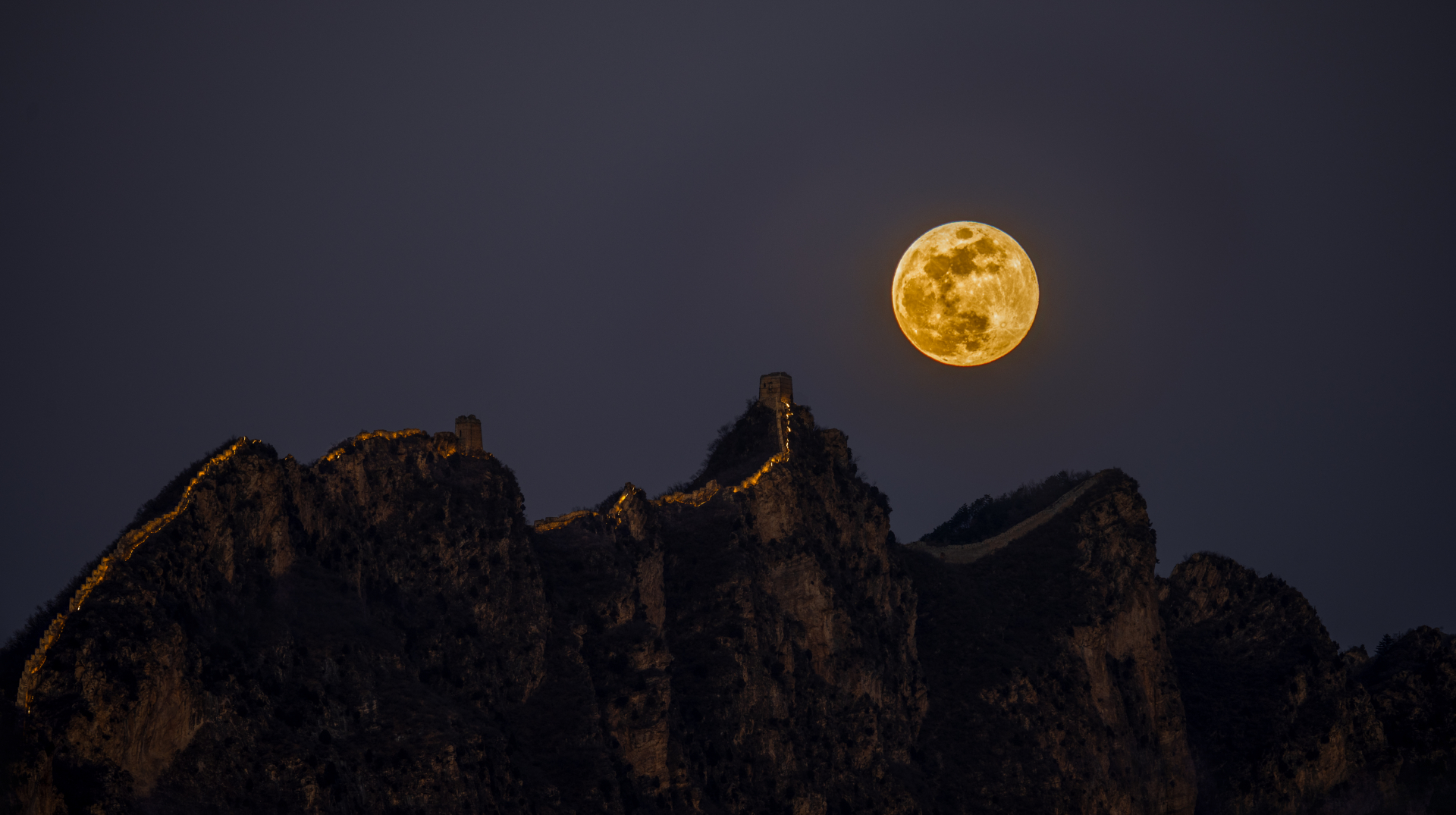A tiny asteroid just snuck between the Earth and moon
The newly-discovered asteroid posed no risk to our planet.
A newly-discovered asteroid snuck safely between the Earth and moon during a very close encounter this week.
On Monday (Feb. 12), an asteroid named 2024 CY1 traveled within 75,278 miles (121,148 kilometers) of Earth, which is about 31 percent of the average distance between the moon and Earth (238,855 miles; 384,400 km), also known as "lunar distance." The asteroid's close approach occurred at 2:24 a.m. ET (0724 GMT), according to the Virtual Telescope Project.
The asteroid 2024 CY1 was just recently discovered on Feb. 9, only three days before its close approach. Astronomers spotted the asteroid using the Pan-STARRS 2 telescope located near the summit of Haleakala on the Island of Maui, Hawaii. It is the 10th known asteroid to fly past Earth within 1 lunar distance in 2024 so far, and the third this month, The Watchers reported.
Related: How NASA predicted the Jan. 21 asteroid crash over Germany
Pan-STARRS 2 (which stands for Panoramic Survey Telescope and Rapid Response System) is designed to hunt for near-Earth objects, such as asteroids and comets, that may pose a risk for potential Earth impact.
Most near-Earth objects are asteroids that range in size from about 10 feet (3 meters) to nearly 25 miles (40 km) across. Measuring between 12.5 and 27.5 feet (3.8 and 8.4 meters) in diameter, 2024 CY1 is a relatively small asteroid, posing no risk to Earth.
Near-Earth objects have orbits that bring them to within 120 million miles (195 million km) of the sun, meaning they can pass through Earth's orbital neighborhood. The distance between the Earth and the sun is measured in astronomical units (AU), where 1 AU is equal to about 93 million miles (150 million km). During its recent flyby, 2024 CY1 traveled at a distance of 0.00081 AU.
Breaking space news, the latest updates on rocket launches, skywatching events and more!
The asteroid 2024 CY1 belongs to the Apollo group of near-Earth asteroids, which includes asteroids that cross Earth's orbit. Using instruments like Pan-STARRS 2, astronomers are able to calculate an object's orbit and determine if — and when — it could come close to Earth.

Samantha Mathewson joined Space.com as an intern in the summer of 2016. She received a B.A. in Journalism and Environmental Science at the University of New Haven, in Connecticut. Previously, her work has been published in Nature World News. When not writing or reading about science, Samantha enjoys traveling to new places and taking photos! You can follow her on Twitter @Sam_Ashley13.
